PrintWeek-DIC India webinar puts the spotlight on metal packaging
PrintWeek and WhatPackaging? magazines, in partnership with DIC India, hosted a knowledge session on metal packaging on 28 July. The webinar aimed to foster inter-industry dialogue and provide insights into the robust growth and sustainability aspects of the metal packaging sector in India
28 Jul 2025 | By PrintWeek Team
The metal packaging industry in India is experiencing solid growth, fueled by demand from various sectors including aerosols, beverages, food, cosmetics, paints, and pharmaceuticals. The industry is focusing on premium finishes, faster production lines, and sustainability, leading to the adoption of advanced technologies and high-performance materials to meet both domestic and export standards. The collaboration between DIC India and PrintWeek sought to address the significant demand for long-term technology support among manufacturers, converters, and brands, ultimately aiming to optimise India's production capacities.
The session featured four prominent speakers — Lander Lopez, Asia business leader - Metal Packaging Inks Sector, DIC Corporation-Sun Chemical; Debasish Mandal, regional head – Packaging Sustainability & Long Term Innovation (Emerging Markets R&D) at Beiersdorf; Gonzalo Malo, CTS Leader Metal Packaging Inks, Sun Chemical; and Karthikeyan Sambandam, DGM, Metal Deco, DIC. The event was moderated by Sriraam Selvam.
The metal packaging industry in India is experiencing solid growth, fueled by demand from various sectors including aerosols, beverages, food, cosmetics, paints, and pharmaceuticals. The industry is focusing on premium finishes, faster production lines, and sustainability, leading to the adoption of advanced technologies and high-performance materials to meet both domestic and export standards. There is a notable shift towards value-added, recyclable, and compliant packaging in both two-piece, three-piece can formats. DIC India supports this growing demand by offering a range of conventional inks, UV inks and varnishes. DIC claims that these solutions are backed by strong technical support and global expertise, aiming to deliver exceptional print quality, performance, and compliance.
There has been a significant growth in aerosol can consumption in India, from approximately 10-million cans in 1972 to 800-million cans in 2025. Metal packaging can help reduce the estimated annual post-harvest losses of agricultural produce, which amount to INR 92,651-crore, by preserving food flavour and preventing decay.
Metal packaging inks sector
As a strategic and results-driven Asia Business Leader, Lander Lopez discussed the growth and performance of the metal packaging inks sector in India. Lopez oversees the growth and performance of the metal packaging inks sector across key Asian markets, focusing on driving market expansion and building strong client partnerships.
Lopez said significant expansion is anticipated in the market over the next 10 years — from USD 150.9-billion sector value in 2024 to USD 198.7-billion in 2033.
In his presentation, Lopez spoke about the trends and consumer behaviour in Asia and Europe. He said that metal packaging is now more alive than ever. Talking about the trends, he said there are six key factors: cultural shift, technological shift, convenience and urban lifestyles, economic stress, green thinking and life quality, and health as a top priority for everyone. In the Asia-Pacific region, he classified consumer behaviour into three categories: those driven by convenience, social users, and those guided by eco-thinking. In India, 67% showed interest in customisation.
He noted that Asia-Pacific is also the world’s largest luxury packaging market. He added that as more APAC consumers look to live sustainably, expectations for circular packaging are growing. Case in point, APAC is projected to be the fastest-growing region in the returnable packaging market. In a pilot initiative in Singapore, over half of consumers voluntarily returned the packaging of their online orders, while one in three consumers chose reusable formats when given the option.
Speaking about DIC Vision 2030, Lopez said the company targets to increase sustainable products as a percentage of net sales to 60% by FY2030. It also aims to reduce annual CO2 emissions by 50% by FY 2030.
Brand perspectives on metal packaging
Debasish Mandal is a recognised packaging sustainability leader at Beiersdorf, specialising in driving sustainable packaging innovations across emerging markets. In his presentation, Mandal provided a brand perspective on metal packaging. “One trend brands are focusing on is building direct engagement with consumers through digital connections. Another is personalisation by using the right printing technologies and processes, brands can onboard consumers. Simplicity is also gaining focus,” he said.
Mandal added, “We are working towards incorporating more low-carbon and recyclable aluminium. These materials have already been used in Nivea tins, and we are consciously increasing the use of low-carbon aluminium in aerosols as well. This is part of a global commitment." He highlighted Beiersdorf’s efforts in metal packaging w.r.t Nivea tins which are made up of almost 85% recycled aluminium. The company sells around 134-million tins every year. Meanwhile, the company’s deodorant cans are made of low-carbon and recycled aluminium.
Mandal said one of the advantages of metal packaging is its durability. Metal packaging also offers the best barrier properties compared to other packaging substrates. It is also highly recyclable. Not just that, it can also be recycled over and over without losing its properties.
Sun Chemical perspective
Gonzalo Malo, a seasoned chemistry professional currently directing technical assistance at Sun Chemical, a leading company in printing inks and coatings (under DIC Corporation), shared insights from their technical documentation, benchmarking, and compliance analysis. He highlighted how this documentation aids in understanding and meeting customer expectations.
He explained the criticality of colour in the industry, introducing their new colour conversion calculator. This tool converts ink recipes from various suppliers to those based on Sun Chemical's base inks. “As a leading pigment manufacturer, Sun Chemical possesses extensive knowledge of ink production technologies and maintains strong industry connections. It is actively collaborating with Pantone to establish a colour standard for the industry.”
Talking about key technical activities, he said, the company provides expert advice on metal packaging, offering its lab as a technical resource.
Perspectives on DIC India
Karthikeyan Sambandam spoke about DIC India's manufacturing facility at Saykha, Gujarat. He stated that the Saykha facility is a Platinum-rated unit, certified by the CII - Indian Green Building Council. He also shared that DIC was one of the first to introduce low-PAH inks.
He further stated that the Saykha facility focuses on metal deco, which is why it concentrates on UV inks. He mentioned that 40% of India has already moved towards UV inks, and they have also started promoting LED inks, believing that the future belongs to LED inks.


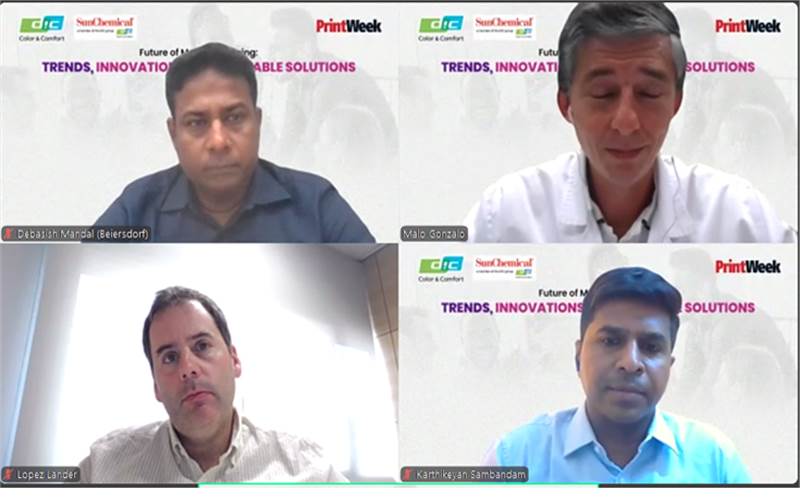





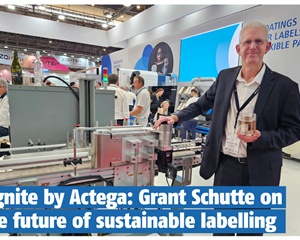
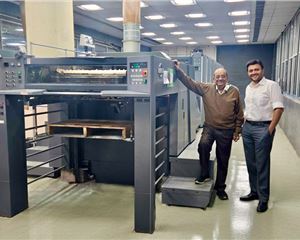
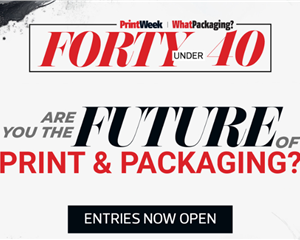
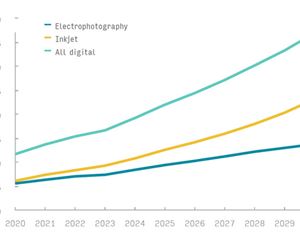
 See All
See All